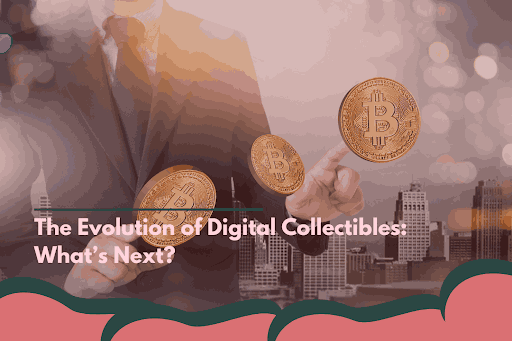Digital collectibles are a relative and evolved phenomenon given that the inception of cryptocurrencies and blockchain. From symbols recorded on the block and being insignificant, the phenomenon has grown to become a multi-billion dollar industry, changing the ways in which people think about possession, invention, and worth in the digital world. But as we stand at the crossroads of this digital revolution, it’s worth asking: That brings us to the question, “What is the future of digital collectibles”?
The New Era Of NFTs and Further
NFTs simply stands for Non-Fungible Tokens which was a breakthrough in the progression of digital assets. Thanks to NFTs, art, music, and even the moments in time can be sold and, subsequently, bought that could never be done before. Such web-based platforms like Bermuda Unicorn have been pioneers of such revolution providing a colorful marketplace for NFTS alongside a platform for digital personalities to come together share and sell their stocks.
NFTs started recently getting mainstream attention and, besides possession, they offer new opportunities. Whereas they have now being adopted in gaming, virtual real estate and even as a means of status symbol in cyberspace. It is for this versatility that NFTs’ role in the future of digital collectibles has been cemented.
An Integration of Virtual Worlds
by far, one of the most promising features of digital collectibles is the use in the virtual worlds. Virtual galleries, for instance, from the Bermuda Unicorn enable customers to display their NFTs in a 3D environment. It is not only enriches the appeal of owning virtual assets such as art pieces, tokens, and characters but also opens new opportunities for interactivity, navigation, and socialization. Picture strolling through an NFT museum and talking to other like-minded enthusiasts, buying and selling collectibles in the real time, all in the multiple drafted virtual environment.
The Future: AI and Dynamic NFTs
In the future, one could also extend the definition of collectibles with the addition of AI or Dynamic NFTs. They are ones that might be dynamic in one way or another, active to stimuli, or metamorphosing according to use. For instance, an NFT artwork representing artwork could change the color and shape and other characteristics dynamically in an actual environment, for instance, time of the day or weather condition, thus, providing an NFT collector with an individualized experience.
Also, such AI-enabled digital collectibles could embark on conversing with their owners in ways unimaginable in previous decades. One can easily picture an NFT that improves with time and has the ability to adapt to your own wants and needs, as well as being capable of open dialogue, as we have seen in the example of Bermuda Unicorn. There is potential with these kind of innovations, and they can fundamentally alter our perspective concerning digital items.
Conclusion: Digital Collectibles: A New Frontier
As we move forward in time we can safely assume that the future is bright for the concept of digital collectibles. Having an organisation like Bermuda Unicorn at the forefront, the next chapter of this have more potential to be even more revolutionary. Yet ranging from NFT and virtual worlds to dynamic assets that are AI powered, the opportunities are immense and new frontiers in the collection of digital assets seem to know no limit.

